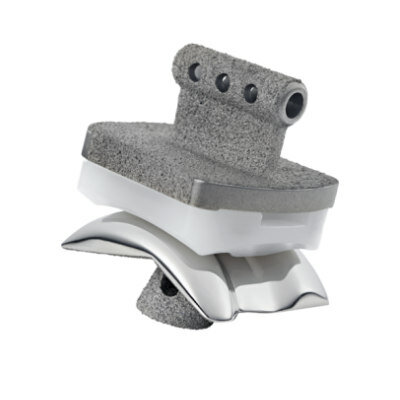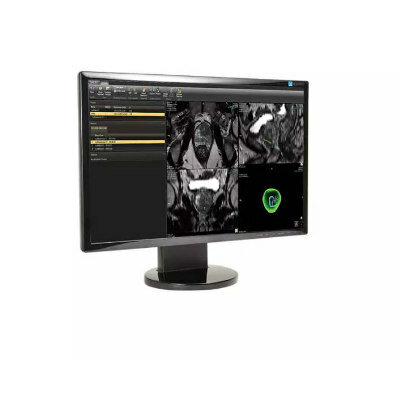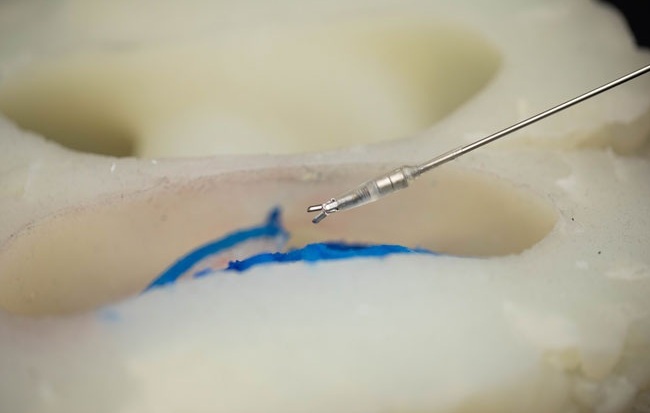Endoscopic Video Analysis Assists Laparoscopic Surgery Training
By HospiMedica International staff writers
Posted on 27 Jan 2016
A novel tracking system enables the study and assessment of surgical instruments movements within a simulator, helping to objectively measure surgical expertise.Posted on 27 Jan 2016
Developed by researchers at Universidad Politécnica de Madrid (UPM; Spain), Jesús Usón Minimally Invasive Surgery Center (Cáceres, Spain), Delft University of Technology (The Netherlands), and other institutions, the endoscopic video analysis (EVA) Tracking System was designed to analyze the motions of laparoscopic instruments based on non-obtrusive video tracking technology. But unlike sensor-based tracking systems, EVA uses only computer vision techniques to obtain the spatial location of laparoscopic instruments, relying only on the acquired endoscopic camera image.

Image: Instrument tracking based on endoscopic video analysis (Photo courtesy of UPM).
The EVA Tracking System can be used to estimate multiple motion-based objective evaluation metrics, principally total travel path, speed of movement, average acceleration, the volume of space occupied, and motion smoothness. The system also makes use of an algorithm that employs information of the laparoscopic instrument’s shaft edges in the image, the instrument’s insertion point, and the camera’s optical center to track the three-dimensional (3D) position of the instrument tip.
To test the validity of the system, the researchers matched estimated EVA metrics with ones obtained by the TrEndo optical tracking system, with 42 participants—16 novices, 22 residents, and 4 experts—asked to perform a peg transfer task in a box trainer. The metrics data were found to be able to predict the skills of a surgeon in a surgical simulator with a success rate of up to 83.3%, demonstrating a direct correlation between the previous experience of the surgeon and the simulation task being performed.
“Laparoscopic surgery allows us to lessen the postoperative trauma and favoring a faster recovery of patients. The training of the required skills is complex and the surgeon has to learn indirect surgery through a monitor and without physical contact with the inner body,” stated UPM in a press release. “In order to prevent accidents that can put patients at risk, it is required to develop environments that allow surgeons to acquire skills outside the operating room.”
Related Links:
Universidad Politécnica de Madrid
Jesús Usón Minimally Invasive Surgery Center
Delft University of Technology














